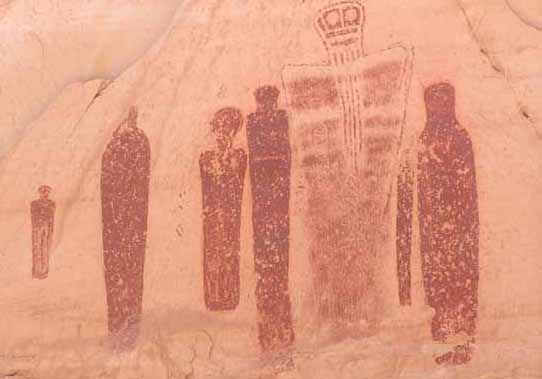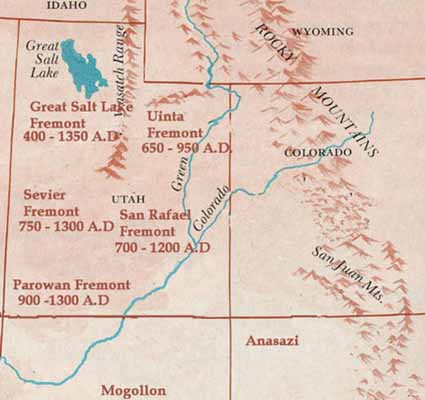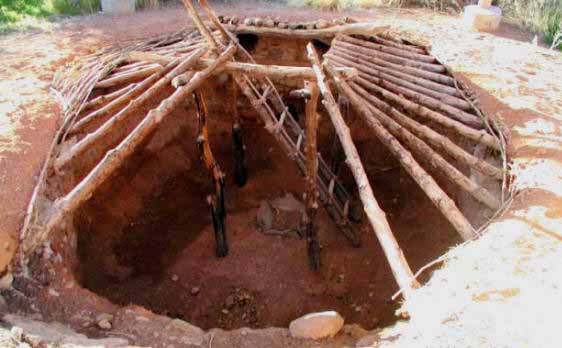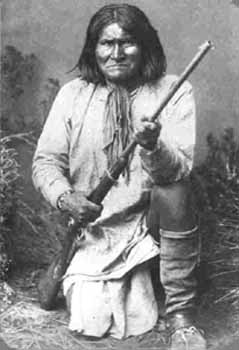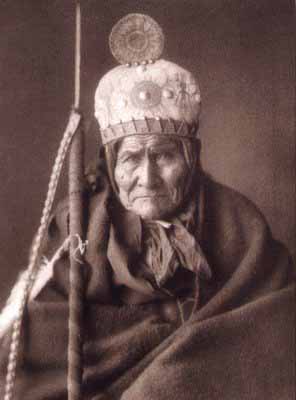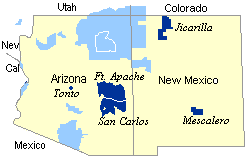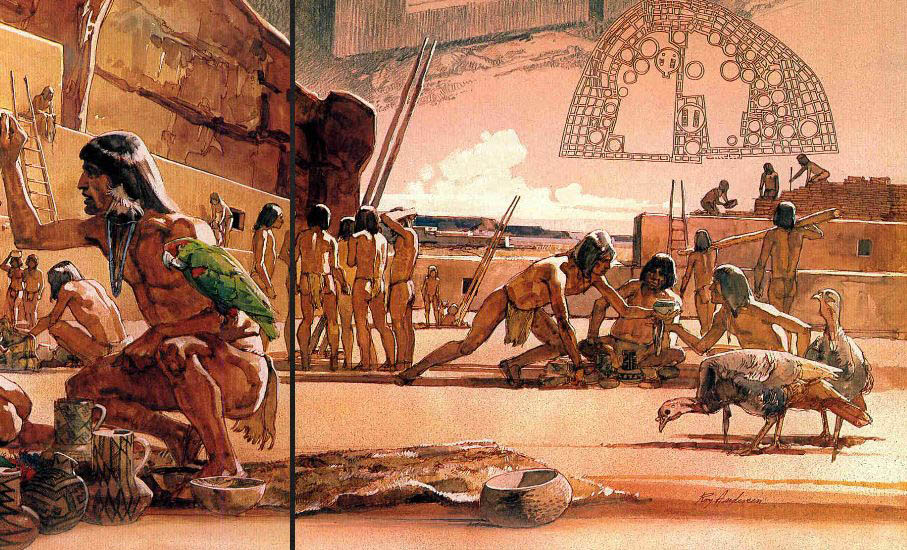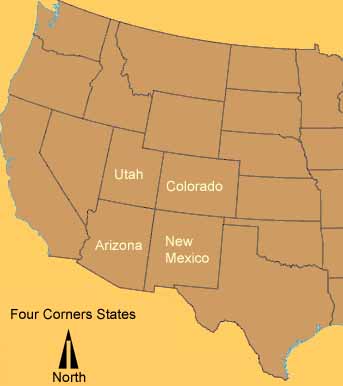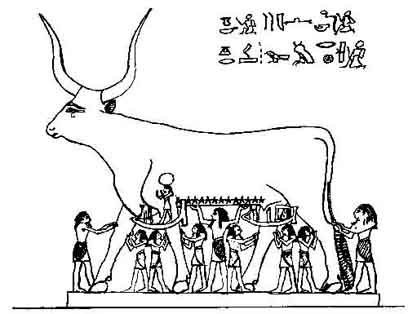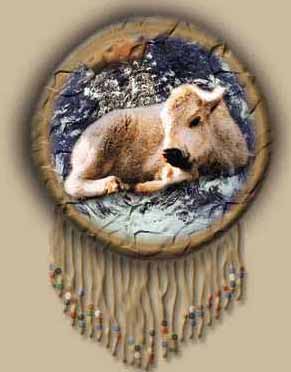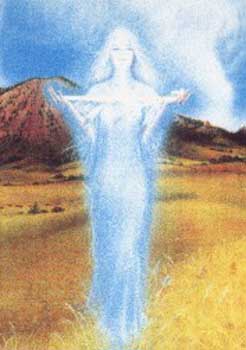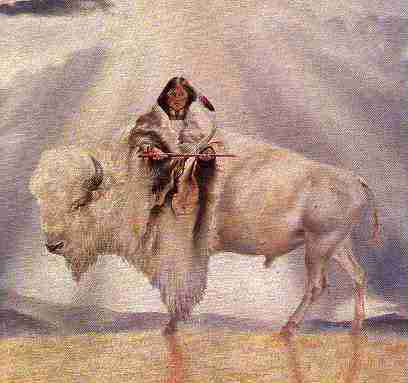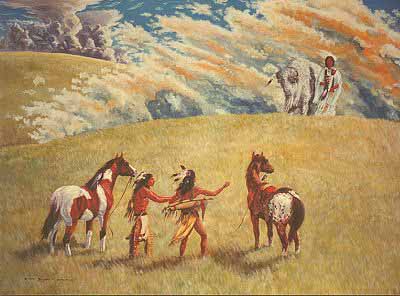New genetics research settles questions about the peoples of Newfoundland & Labrador – & helps highlight what genetics can’t tell us
The Guardian By Jennifer Raff
14 Feb 2018 16.33 EST
Genetics research has transformed our understanding of human history, particularly in the Americas. The focus of the majority of high profile ancient DNA papers in recent years has been on addressing early events in the initial peopling of the Americas. This research has provided details of this early history that we couldn’t access though the archeological record.
Collectively, genetics studies have shown us that the indigenous inhabitants of the Americas are descended from a group that diverged from its Siberian ancestors beginning sometime around 23,000 years before present & remained isolated in Beringia (the region of land that once connected Siberia & North America) for an extended period of time. When the glaciers covering North America melted enough to make the Pacific coast navigable, southward travel became possible, & patterned genetic diversity across North & South America reflects these early movements.
Recent ancient DNA studies indicate that approximately 13,000 years ago, two clades (genetic groups) of peoples emerged; one exclusively consisting of northern Native Americans, & one consisting of peoples from North, Central, & South America, including the 12,800 year old Anzick child from a Clovis burial site in Montana. All genetics research to date has affirmed the shared ancestry of all ancient & contemporary indigenous peoples of the Americas, & refuted stories about the presence of “lost tribes”, ancient Europeans, & !ancient aliens!
Events that occurred after people first entered the Americas – how they settled in different parts of the continents, adapted to local environments, interacted with each other, & were affected by European colonialism – have received somewhat less attention in the press, but as can be seen in the links above, there have been some very significant research papers published on these topics. One such paper...Genetic Discontinuity between the Maritime Archaic & Beothuk Populations in Newfoundland, Canada by Duggen et al. (2017), explores the genetic diversity within three different ancient groups who lived in Newfoundland & Labrador.
One reason this region is of particular interest is that it’s on the furthest northeastern margin of North America & so was one of the last areas in the Americas to be peopled. It appears to have been occupied successively by three culturally distinct groups beginning about 10,000 years before present (YBP) in Labrador & 6,000 YBP in Newfoundland: the Maritime Archaic, the Paleo-Inuit (also referred to as the Paleo-Eskimo), & the indigenous peoples that Europeans called the Beothuk. Today the region is home to several indigenous groups, including the Inuit, the Innu, the Mi’kmaq & the Southern Inuit of NunatuKavut.
The members of the Maritime Archaic tradition created the oldest known burial mounds in North America (dating to 7,714 YBP) & subsisted upon coastal marine resources. Approximately 3,400 YBP they seem to have abandoned Newfoundland, either in response to the appearance of Paleo-Inuit in the region or because of climate changes. The Paleo-Inuit’s presence on the island overlapped with the peoples referred to as the Beothuk beginning around 2000 YBP. The Beothuk encountered European settlers in 1500 AD, & in response to their presence gradually moved to the interior of the island, where their populations declined.
The last known Beothuk, Shanawdithit, died of tuberculosis in captivity in 1829. Although it remains possible that Beothuk traces of ancestry persist in contemporary residents of NL, including members of the Innu, Mi’kmaq, & European communities, it is generally accepted that the Beothuk became culturally extinct with the death of Shanawdithit.
By analyzing mitochondrial haplogroups (groups of closely related maternal lineages) present within individuals from all three populations, Dugan et al. addressed the question of whether they were genetically similar or whether all three groups were biologically as well as culturally distinct from each other. This happens to be one of the most fundamental questions that arises when studying the past: do cultural changes in the archaeological record of a region represent the arrival of new groups, or did one group of people living in the same region over time adopt new cultural practices & technologies from others?
In the case of Newfoundland, the three groups were genetically distinct; they do not share any maternal haplogroups except for haplogroup X2a, lineages of which were found in both the Maritime Archaic & Beothuk. (The presence of haplogroup X2a in North American populations has sometimes been cited as evidence for European ancestry in ancient Americans...
Apart from that single exception, the Maritime Archaic, Paleo-Inuit, & Beothuk are clearly genetically distinctive from one another. However, it’s important to note that this study was done on mitochondrial DNA, which is exclusively matrilineally inherited, & so we can only say that the three groups were not maternally related. While they indicate that the groups are genetically different from each other, does that mean that there was no shared ancestry between them at all? It’s unclear without looking at the rest of the genome whether, for example, there might have been any paternal lineages shared between the populations...
As this study shows, we can learn a lot about the past by characterizing the genomes of ancient & contemporary peoples. This paper by Duggen et al. adds to decades of study of the genomes from ancient & contemporary peoples of the Americas, which reveals a nuanced picture of their complex & remarkable history of evolution, interaction, & resilience in the face of unbelievable oppression.
But it’s also important to understand what genetics can’t tell us...
All claims that a person’s tribe or indigenous nationality can be determined from their genomes are scientifically inaccurate. First, this is because there simply are no currently known genetic markers that allow us to identify individual tribes or nations; although we see geographically patterned genetic variation throughout the Americas in ancient & contemporary populations which allows us to differentiate them (as done in this study), genetic lineages are not tribal or nation-specific.
More importantly, who is or is not a member of a particular community is determined by indigenous groups’ own standards of belonging, which are often just as much about relations & community ties as they are about biological descent...








